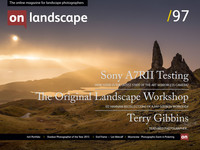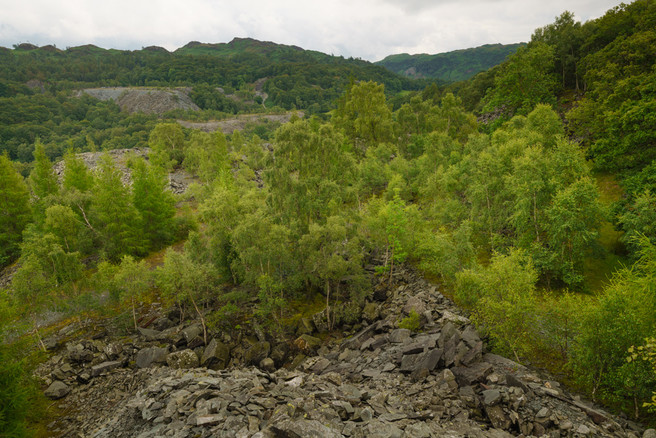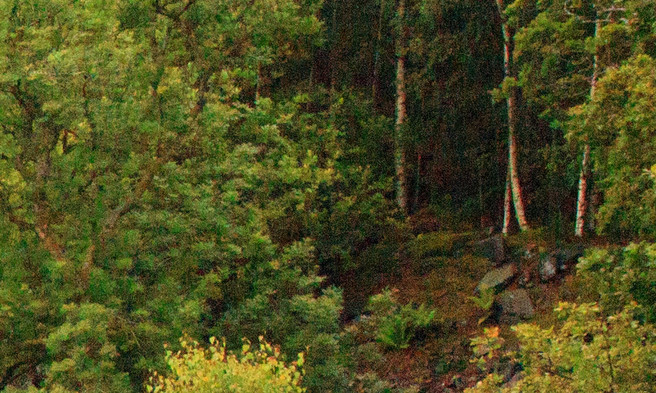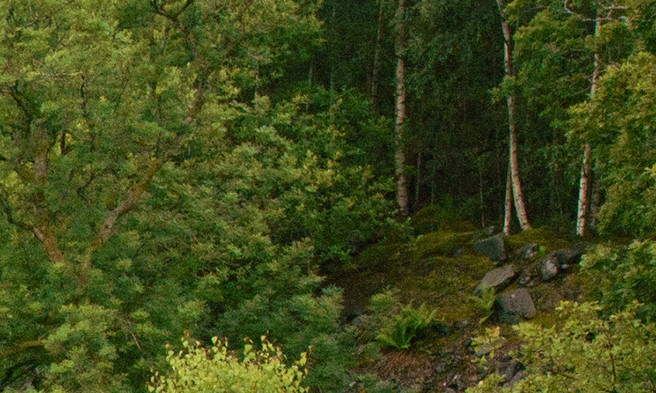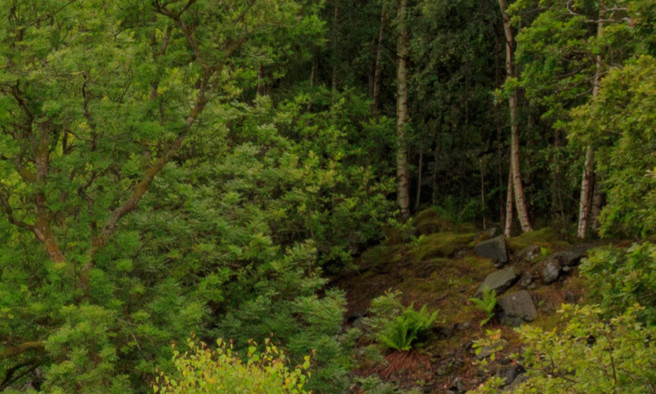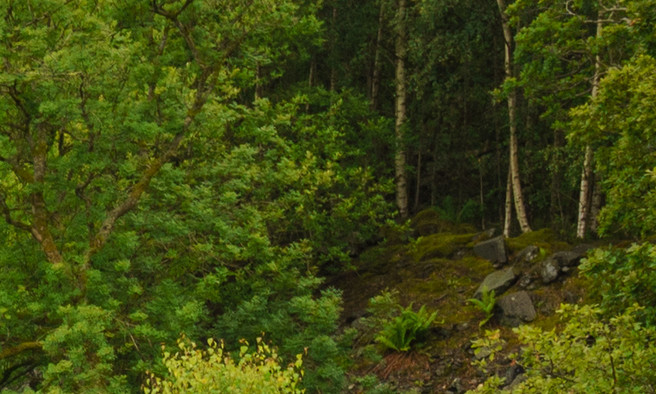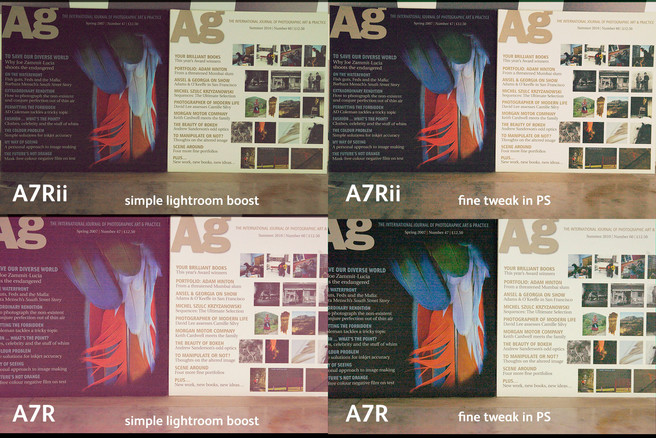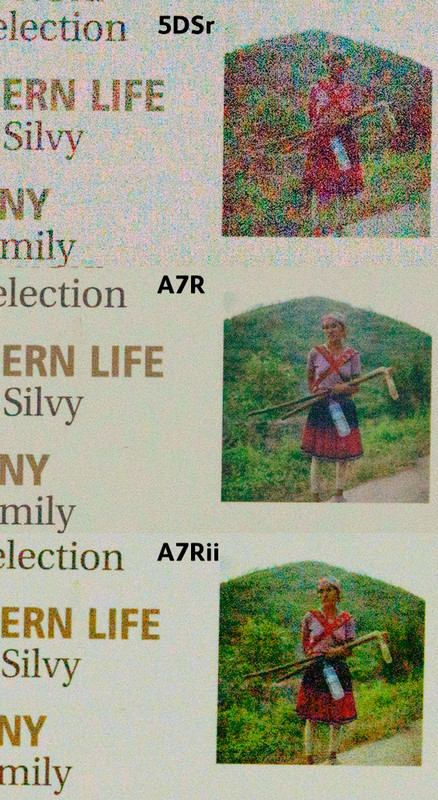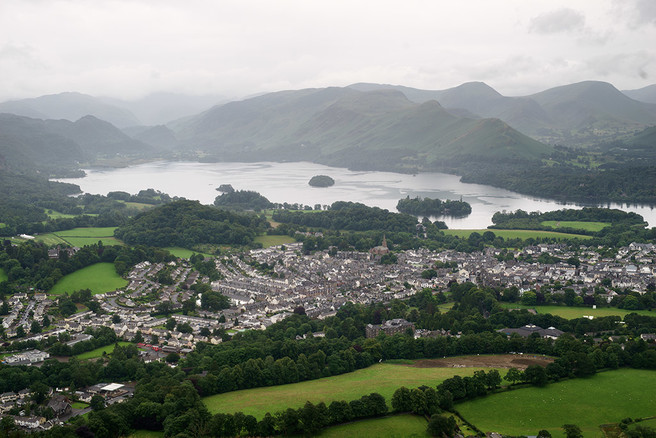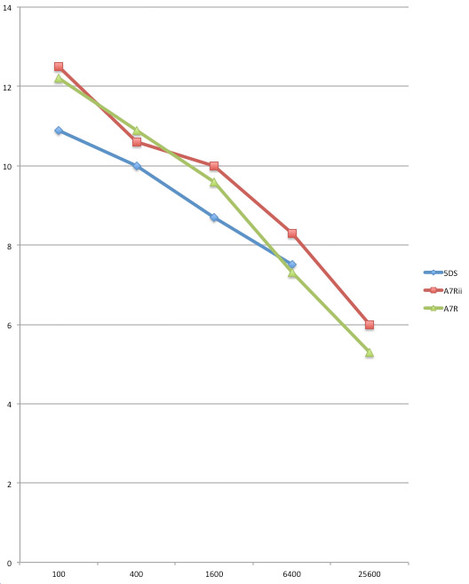More Comparisons and Discussion

Tim Parkin
Tim Parkin is a British landscape photographer, writer, and editor best known as the co-founder of On Landscape magazine, where he explores the art and practice of photographing the natural world. His work is thoughtful and carefully crafted, often focusing on subtle details and quiet moments in the landscape rather than dramatic vistas. Alongside his photography and writing, he co-founded the Natural Landscape Photography Awards, serves as a judge for other international competitions. Through all these projects, Parkin has become a respected and influential voice in contemporary landscape photography.
Well yesterday’s dynamic range test was controversial if nothing else (click here to read the article) I’ll stand by the result though as today I spent a good part of the morning testing the A7Rii using Imatest and also trying to find out just what the visual quality range of the camera is.
Of all of the discussion, there was one dominant theme and that was the problem with different exposure settings for the tests and pointing out that the Sony A7Rii had a longer shutter speed than the Canon or the A7R. I don’t have an exact record of the light for each of the tests (I should have used an external light meter) but I can say that for each individual test the lighting didn’t change significantly. I did have a frame with the same exposure settings for each camera but the light levels were definitely at least a stop different (we checked the histograms using rawdigger to confirm it wasn't just a camera histogram thing).[Rawdigger is a great tool for seeing just what the histogram of your camera is before it’s been demosaiced. I would love it if the camera manufacturers would show a histogram like this as an option on their cameras without recourse to UniWB]
However I thought it common sense to show a photo where the exposure settings were the same, even if it does disadvantage the Sony A7Rii by a small amount. Here’s a shot taken nearby the original. In this case the Sony exposure is a ⅓ of a stop darker than the Canon exposure. Here’s the full frame at approximately the same exposure level as our previous test (1/1000 at f/8 on the Sigma 24mm Art lens).
and here’s the comparison of a shadow area on the Canon 5DSr first and then the Sony A7Rii.
Here we can see the Canon shadows breaking down but they're nowhere near as bad as the examples shown yesterday which were extreme underexposure. Even this example is three stops below the optmum exposure.
And hence I thought I'd show that optimum. Here is an exposure where we were only just clipping the clouds on the horizon. In this case the Sony had a 1/160s and the Canon a 1/100s (1/80s was probably a better choice for the Sony but I’d only be accused being biased again!).
You can see here that when you expose a difficult subject the Canon actually looks pretty good and very close to the Sony. Yes it's clipped the shadows but this doesn't really affect the aesthetics of the shot. The Sony holds some tone in the shadows which is nice but not arguably essential.
Analysing Dynamic Range in Controlled Conditions
However, I was still a little suspicious about just what the dynamic range of the Sony A7Rii would be when compared with the A7R and first of all I tried the Imatest step target tests. This process entails taking a photograph of a Kodak step target at 4 different exposure 3 stops apart and processing them in Imatest.
I've just run the Imatest four times now and for the 100 ISO value I get average values of 10.9 stops for the Canon 5DS, 12.2 stops for the Sony A7R and 12.5 stops for the Sony A7Rii. Imatest was quite variable from run to run but these averages seems sensible when I compare the test with checking clipping in rawdigger and looking at the tones in the deep shadows. Have a look at the bottom of the page for the change in dynamic range at higher ISOs.
Well it’s one thing to score well in a luminosity for Imatest but it’s another to get good colour rendition and from what I’ve seen so far the Sony A7Rii has a lot better colour rendition in the shadows straight out of camera. i.e. if you just play with the exposure and shadow tool you'll see the A7Rii looking better.
However, if you’re willing to play around with the A7R files in Photoshop, tweaking away the magenta cast in the shadows and setting a good black point, then they start to look at least as good as, if not better than the A7Rii. More below..
Controlled Photographic Test
So I thought it good to test where we could control the conditions. Here is a test shot of a copy of Ag magazine (a sadly out of print classic photography magazine).
Below I've included an image which shows the differences between basic adjustments and detailed adjustments (on a -6 stop exposure at ISO 100). On the left we have the results of boosting exposure straight out of lightroom (i.e. just using exposure) and on the right we have the results when we carefully tweak the colour curves to get the best results (using Photoshop but you could use lightroom for this).
So it's a lot easier to get good shadow detail out of the A7Rii but if you spend time, the A7R catches up. In fact the A7R not only catches up, it seems to surpass the A7RII.
Even though the A7R has less resolution, it seems to be holding fine detail together well at low exposure levels. Here’s a detail of the above test, the A7R crop shows a little less noise than the A7Rii and the edges of the text holding together better. People will be interested in how the 5DSr fared here as well so I’ve included it at the top.
I set the exposure by working out the clipping point in Rawdigger and then exposing 9 stops below (or approx six stops below a mid-tone)
Now I don’t know why the A7Rii would have a slightly softer edges at high ISO as it doesn’t show that soft edge at normal exposure. I've run this particular test about 6 times and even put the cameras in the fridge wrapped in saran to ensure I wasn't seeing heat effects.
Real World Resolution Example
Here’s a set of crops from a photo of Keswick from Latrigg. First of all the full frame. Not the best conditions but enough to show what most people see in the UK on a regular basis.
Here are the set of scaled crops (5DSr at approx 100%, others scaled to match). The hotel shown is at the bottom just to the right of the middle.
The Canon 5DSr shows a clear advantage in fine detail here - we’ll see some more from that in the next section where we have some more detail crops comparing these tomorrow.
In the meantime if you want to download the raw files from this test (the view over Keswick and Derwent Water) please do so here.
5DSr (61Mb)
A7R (36Mb)
A7Rii (42Mb)
UPDATE 1: Here's the higher ISO report for the A7R, A7Rii and 5DS
The A7Rii keeps it's advantage over the 5DS at higher ISOs by the looks of things.
Read the other articles in this series:
- Sony A7RII – Wrap Up
- Testing the Canon 5DS(r)

